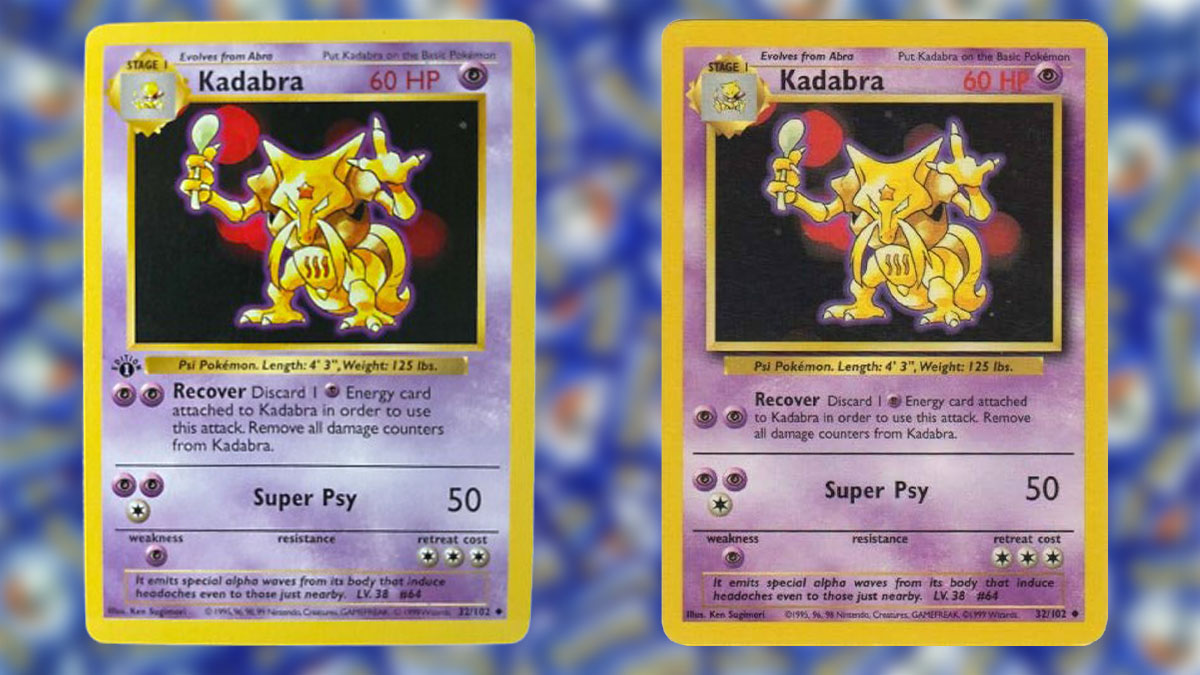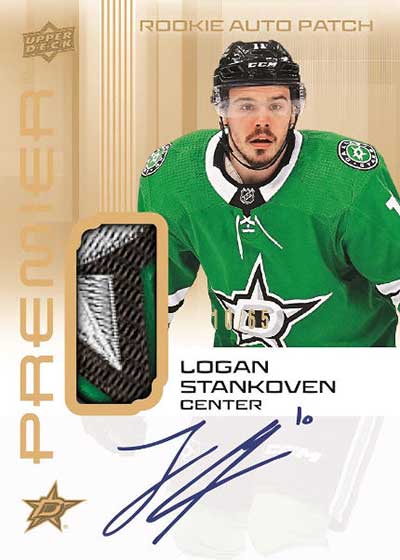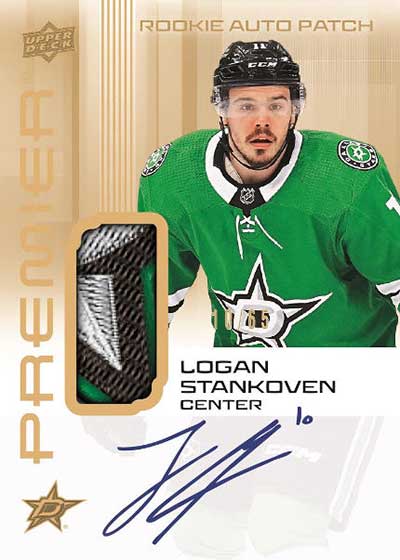Ah, the glorious nostalgia of 1999—back when trading Pokémon cards was as likely to get you a prized possession as it was to net you a temporarily lost friendship over an intense playground barter. But whether your childhood sniffer is sharp or a bit rusted, the exploration into the world of Base Set Pokémon cards holds rich discoveries. Primarily, we’re diving headfirst into one of the defining dualities of the card universe: shadowless vs shadowed. Your discerning eye is as good as gold in this well-established battle between the aesthetically similar yet oh-so-different worlds of Pokémon’s Base Set prints.
Let’s unfurl a brisk timeline of card evolution here. Imagine the era—it’s 1999, everyone is Y2K-wary, but your greatest dilemma is whether to swap a Blastoise for a Charizard. We start with the First Edition Base Set, decorated with that black stamp of historical gravitas and unmistakable, shadowless charm. Next in line is the Shadowless version—essentially the First Edition card but sans the iconic stamp that makes your older brother ooh and ahh. Finally, the cavalry: Unlimited Base Set comes prancing in, a veritable deluge upon the collector’s market. These ones present the small yet significant addition of a shadow to the picture frame, ushering in the shadowed layout that nostalgists the world over can identify amidst a sea of binders and plastic sleeves.
Why, one might ask, are collectors so keen on these shadowless cards? It’s not merely the rarity that elevates these cardboard relics. It’s a whispered saga of love, scarcity, and a nostalgic treasure hunt. Sitting in that sweet spot right between the extravagant First Edition cards and the abundant Unlimited sets, shadowless cards fetch a tantalizing position on the hierarchy. Oozing with just the right balance of scarcity and cultural significance, they stoke the fires of bidding wars in auction houses and online marketplaces over holographic players like Charizard, Blastoise, and Venusaur. Their condition and the tiny font differences can spell the difference between cardboard commonality and collector’s euphoria.
So let’s carry out a visual reconnaissance. The Holy Grail, if you will, to distinguish one from the other on the battlefield of binders and boxes. Start with the picture frame: shadowless cards show a flat frame—devoid of shadow, portraying the artwork with a charmingly austere minimalism. There’s no gray bar on the right edge of the art window, unlike their shadowed counterparts, which proudly sport a shadow for that popcorn-worthy 3D experience.
Turn the spotlight onto the text—where HP and font weight differ just as the intrepid shadow panties from darkness into light. Shadowless cards, with their thinner, daintier red “HP” might just call to mind those lean days of schoolyard trades. In contrast, shadowed cards flex with thicker, more pronounced red text. A casual glance might deceive, but a trained eye sees past the superficial.
The saga of shadow versus shadowless continues in the interplay of border tone and ink density. Shadowless generally displays a lighter hue, while Unlimited shadowed is richer—like comparing sunlight glinting off a pool to a warmly-lit evening gathering. Although subtle, this illusion holds power only when considered collectively with other clues.
The narrative doesn’t end merely with the holos and types. Look no further than the evolution box and attack text. Shadowless cards boast sleeker, finely rendered typefaces whereas Unlimited cards fortify their presence with bolder, more adamant lettering.
And oh, the tales the copyright line could tell! The shadowless versions generally host a compact Nintendo, Creatures, GAMEFREAK stamped legacy, whereas their successors fiddle with spacing to dance a newer jig. Again, nuanced lighting plays games with these details, which is why seasoned collectors view them as complementary, not definitive, tells.
Consider also the very print texture of holos, as shadowless cards may bear variant sheens and textures—a testament to their earlier birthright in the factory floors of the ‘90s. Yet, you feel the difference most when holding two unshielded competitors side by side.
What of those sealed packs and profit-pumped boxes? Shadowless ones occupied an ephemeral period on the store shelves while Unlimited versions flooded markets like hyperactive Gremlins. Sealed collectors learn to navigate this terrain by fielding box art with Sherlockian scrutiny.
Let’s pivot to some exemplars, those shining stars of Pokémon lore. Charizard rolls famously in both First Edition and shadowless garb, the rarest silhouette casting less of itself into the masses than its Unlimited sibling. Meanwhile, the Machamp 2-Player Starter Set could serve as an elemental lesson in these distinctions—an invaluable training ground for your scrutinizing eyes.
In piecing together these pages of nostalgia, the checklist grows clear: Look for shadows, examine the typeface, assess print patterns, and gauge colors—all while maintaining a nonspecific appreciation for the quirky narratives that each card may carry within the folds of its sleeve. Be it first marked rendezvous in the playground, long-drawn bargaining, or newfound antics in auction rooms, Pokémon Base Set cards continue to serve as impromptu museums showcasing our shared, animated past. Cracking their codes, for collectors and nostalgics alike, is the kind of joy that breathes life into the hunt for youthful magic long presumed lost.


